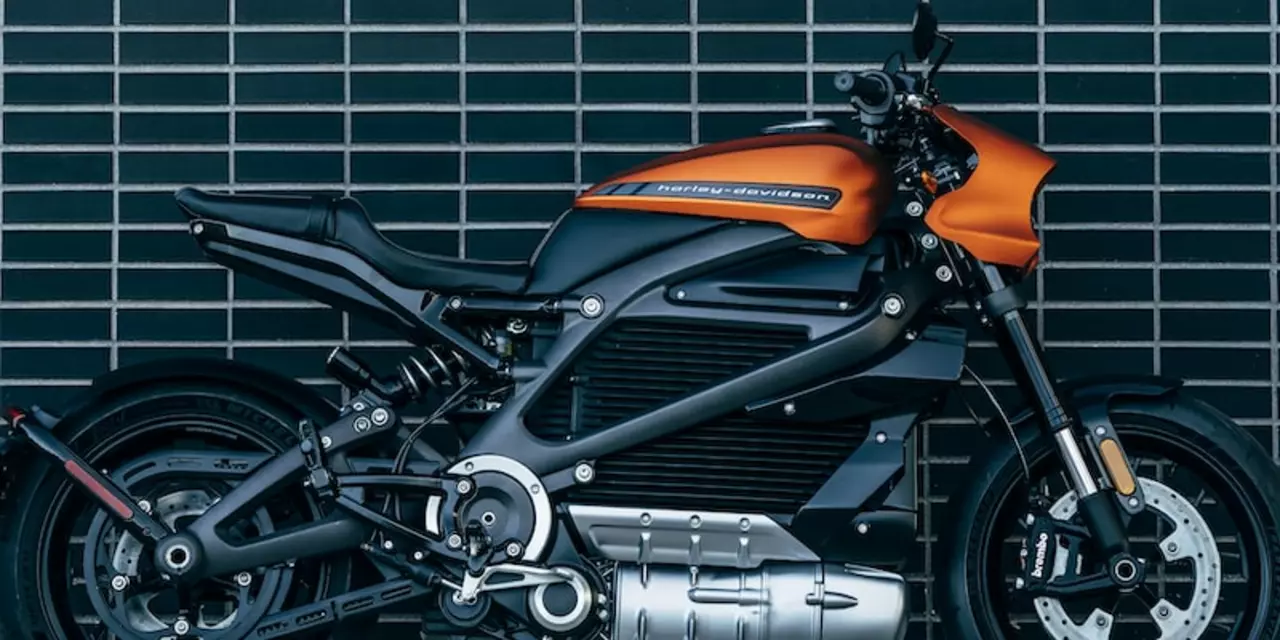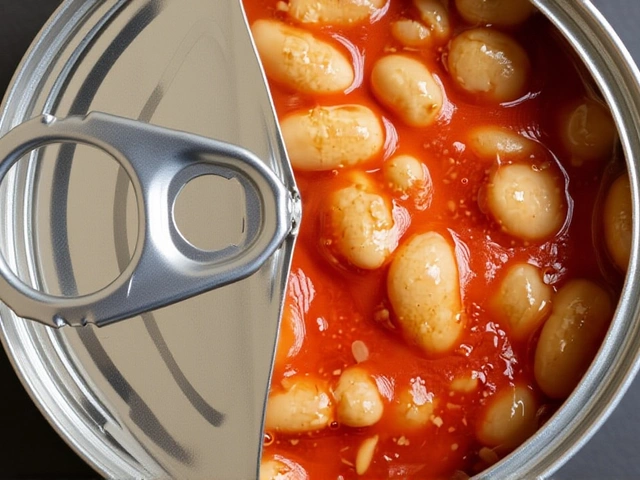Drag Racing: The Quick Guide for Subaru Fans
If you’ve ever heard the roar of a Subaru screaming down a straight line, you’ve probably felt the rush of drag racing. It’s a sport built on pure speed, simple rules, and the thrill of watching a car launch from a standstill to the finish line in seconds. On this page we’ll break down what drag racing is, why Subaru drivers love it, and how you can get involved without needing a race‑track degree.
What is Drag Racing?
Drag racing is a head‑to‑head sprint over a short, measured distance—most often a quarter mile (1,320 feet) or an eighth mile (660 feet). Two cars line up at the start line, eyes on the “Christmas Tree” light system, and when the green light flashes they unleash full power. The winner is the car that crosses the finish line first, no extra laps, no pit stops, just raw acceleration.
The sport is open to everything from street‑legal imports to purpose‑built dragsters. Timing systems record reaction time (how fast you move after the light) and elapsed time (how long you take to cover the distance). A good drag racer focuses on both—quick reaction and a short elapsed time.
Why Subaru Fans Are Hooked
Subaru’s all‑wheel‑drive (AWD) layout gives it a unique edge in drag. While most drag cars run rear‑wheel‑drive, Subaru’s symmetrical AWD sends power to all four wheels, improving traction off the line. Models like the WRX, STI, and newer BRZ have strong aftermarket support, so you can add turbochargers, engine swaps, and suspension upgrades without reinventing the wheel.
Community events across the UK, such as the annual Subaru Drag Days at local tracks, let owners swap setups, compare times, and learn from each other. The mix of DIY culture and factory engineering makes Subaru a favorite for both beginners and seasoned drag racers.
Getting Started with a Subaru Drag Car
First, pick a base car. The WRX/STI offers a solid chassis and a turbocharged engine that can handle big power bumps. If you prefer a rear‑wheel‑drive feel, the BRZ can be converted with a custom drivetrain, but that adds cost.
Next, focus on the launch. A good launch control system, upgraded clutch or flywheel, and a sturdy tyre (soft‑compound slicks or drag radials) will give you better grip. Many Subaru owners install a line‑lock to hold the front wheels still while the rear wheels spin, helping to manage torque.Don’t forget safety. A roll cage, racing harness, and fire‑extinguishing system are often required at sanctioned events. Even if you’re just testing at a local strip, a basic safety harness can protect you in a sudden spin.
Where to Watch and Compete
Most UK drag strips run regular “run‑days” where anyone with a street‑legal car can try a quarter‑mile run. Tracks like Santa Pod, Lydd, and Dragway (Bristol) host weekend events that welcome Subaru owners. Check the track’s calendar for “Subaru Night” or “Import‑Only” sessions for a friendly vibe.
If you want to watch the pros, the FIA European Drag Racing Championship often includes a Subaru entry, especially in the “Top Fuel” or “Open” classes. You’ll see the same basic principles amplified with massive power and fancy safety gear.Joining online forums, local car clubs, or the Subaru Motorsport Hub community lets you stay updated on meet‑ups, parts deals, and technical tips. Sharing a photo of your launch run and getting feedback from fellow fans can accelerate your learning curve.
Ready to feel the G‑force on the strip? Start small, upgrade wisely, and enjoy the community that makes Subaru drag racing a lasting passion.

How does a gear shifter work in motorcycle drag racing?
Motorcycle drag racing requires the use of a gear shifter to shift gears in order to maximize the speed of the bike. The gear shifter works by activating the clutch, which disengages the engine from the transmission, allowing the bike to shift gears. The rider then uses the gear shifter to select the next gear, which is then engaged by releasing the clutch. In order to make the most efficient shifts, riders must know how to time the shifts correctly and use the correct amount of throttle to match the engine speed to the transmission. This allows the bike to accelerate quickly and make the most of the available power.
CONTINUE READING





